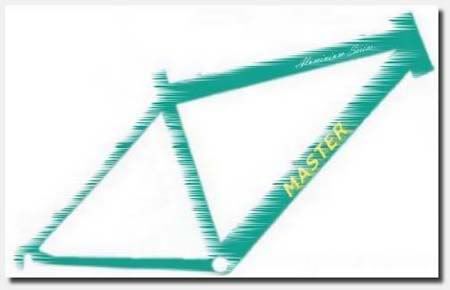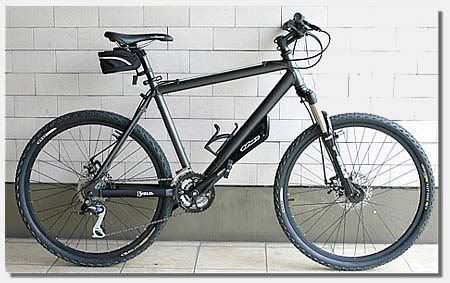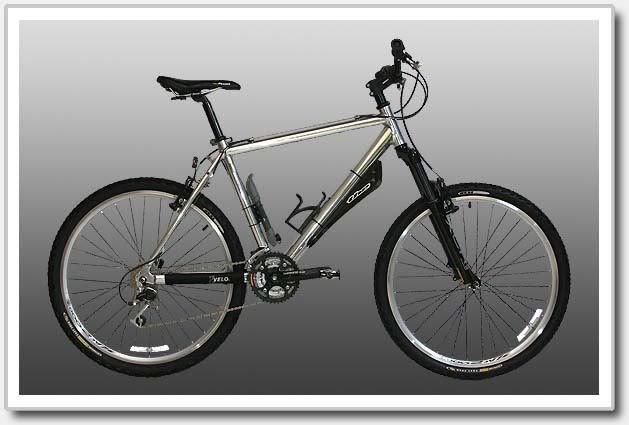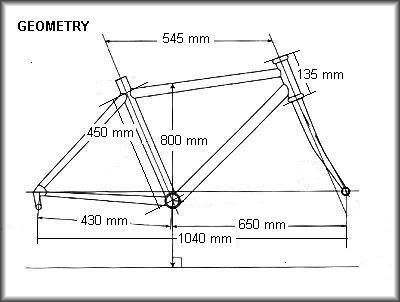Well, I'm back in San Diego after a lovely trip to Oregon for the holidays. It rained almost the whole time, but we had a light dusting of snow on Christmas--the first time it has snowed on Christmas there for quite a while. I took a little jaunt on the Peugeot yesterday to put it through its paces, having previously only ridden it up and down the alley to get the derailers adjusted. I rode down through Balboa Park on Florida Drive to Pershing, then turned around and came back. It's a pretty short ride (about 4 mi. round-trip), but from my house to Pershing, there were enough elevation changes to work through all of the gears and also enough flat open space through the canyon to open 'er up. I never had a ten speed when I was a kid, so it was a new experience for me and a lot of fun. Hopefully, many more such rides in the new year. I didn't take a camera with me to take any pictures, but go to my Google map to see my route. You can also see the Street View of Florida Drive if you open a regular Google map of San Diego--I'm not sure why it isn't an option on my customized map. Especially noteworthy is the nice bicycle lane, although the road surface itself is not in great condition.






 10:11
10:11
 kaniamazdar
kaniamazdar






























































